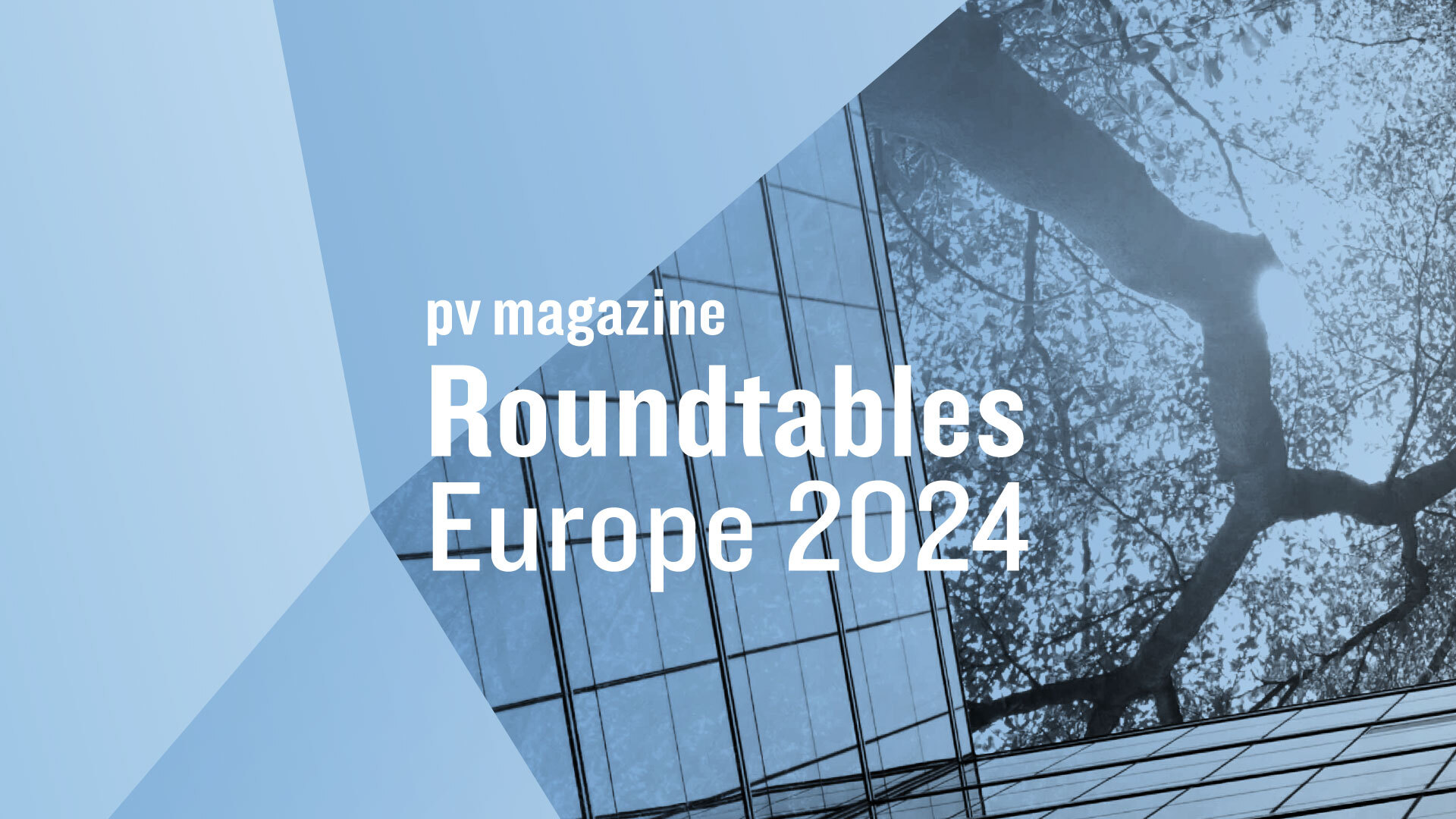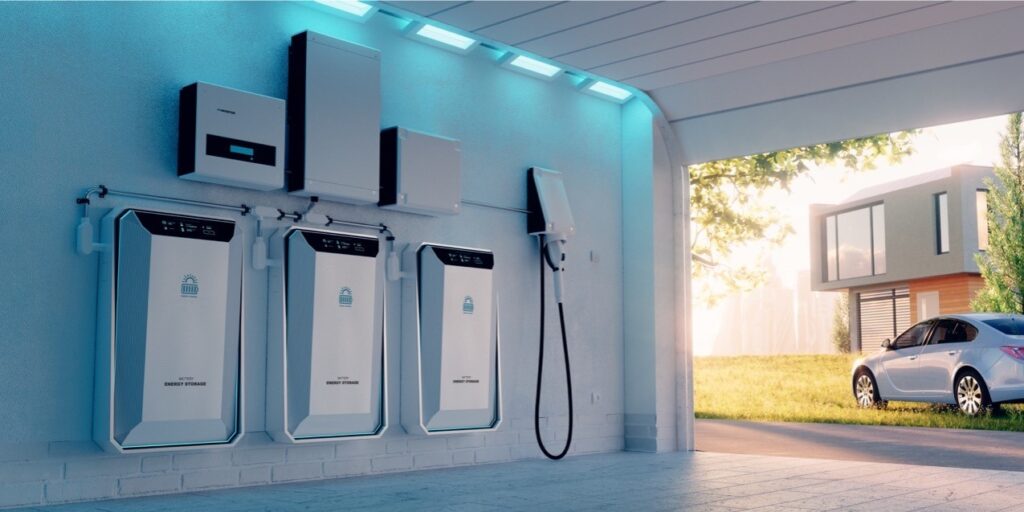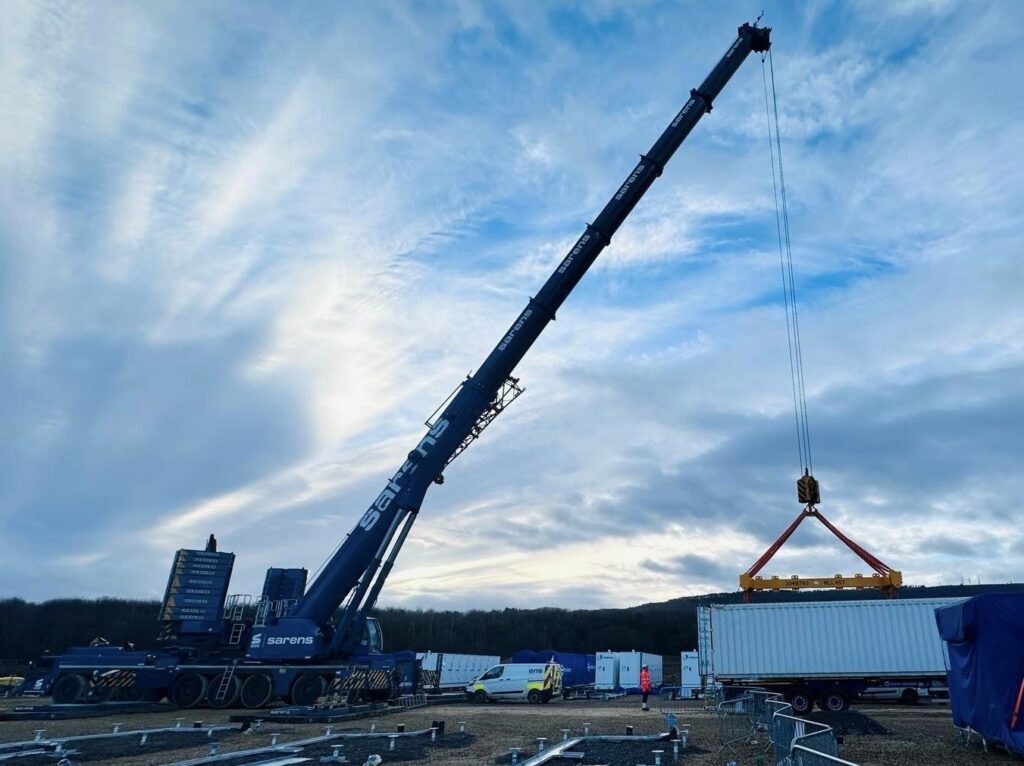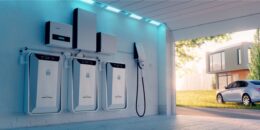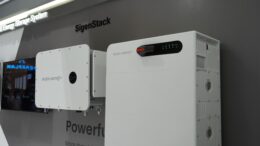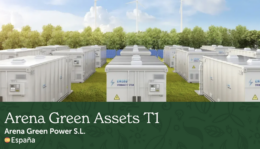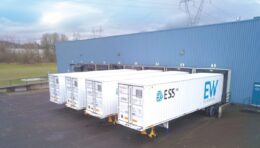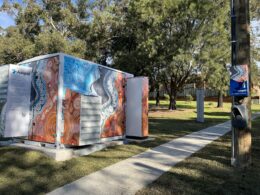Samsung SDI unveils two-track strategy of NCA and LFP chemistries for utility energy storage

South Korea’s battery maker Samsung SDI has recently unveiled plans to employ a two-track strategy that parallels and complements high-energy NCA with lithium iron phosphate (LFP) battery chemistry for utility-scale energy storage system products to be deployed in 2026 and going forward.
The company revealed its future battery energy storage lineup strategy with which it aims to cater to a wider range of customer needs at InterBattery Europe 2024. The event took place in the immediate vicinity of the ees Europe conference in Munich, Germany, mid-June.
With the rise of the artificial intelligence (AI) era propelling the construction of new energy-hungry data centers, the battery maker has also vowed to meet booming demand for uninterruptible power supply (UPS) systems needed for those applications.
In addition, Samsung SDI used the show to unveil its Samsung Battery Box (SBB) 1.5, a newer, upgraded version of SBB, which debuted in Munich last year.
The new utility-scale product uses high-nickel, nickel-cobalt-aluminum (NCA) battery cells and boasts a capacity of 5.26 MWh up from 3.84 MWh in the previous version. This was achieved through a 37% increase in energy density and improved internal space efficiency, the company said.
Just like its predecessor, the SBB 1.5 is packed in a 20-foot container. Up to four units of the all-in-one battery enclosure can be connected in parallel.
The new system also features an enhanced module-embeded direct injection system where fire extinguishing agents get sprayed directly onto modules for fire suppression. Leveraging this technology enables SBB 1.5 to prevent fire and thermal runaway even more effectively, the Korean battery maker said.
“Samsung SDI plans to lead the global ESS market by launching varied product lineups built with our ‘super-gap’ technological competitiveness such as SBB 1.5 while pioneering new markets springing up around acceleration of the AI era,” said Samsung SDI President and CEO Yoon-ho Choi.


